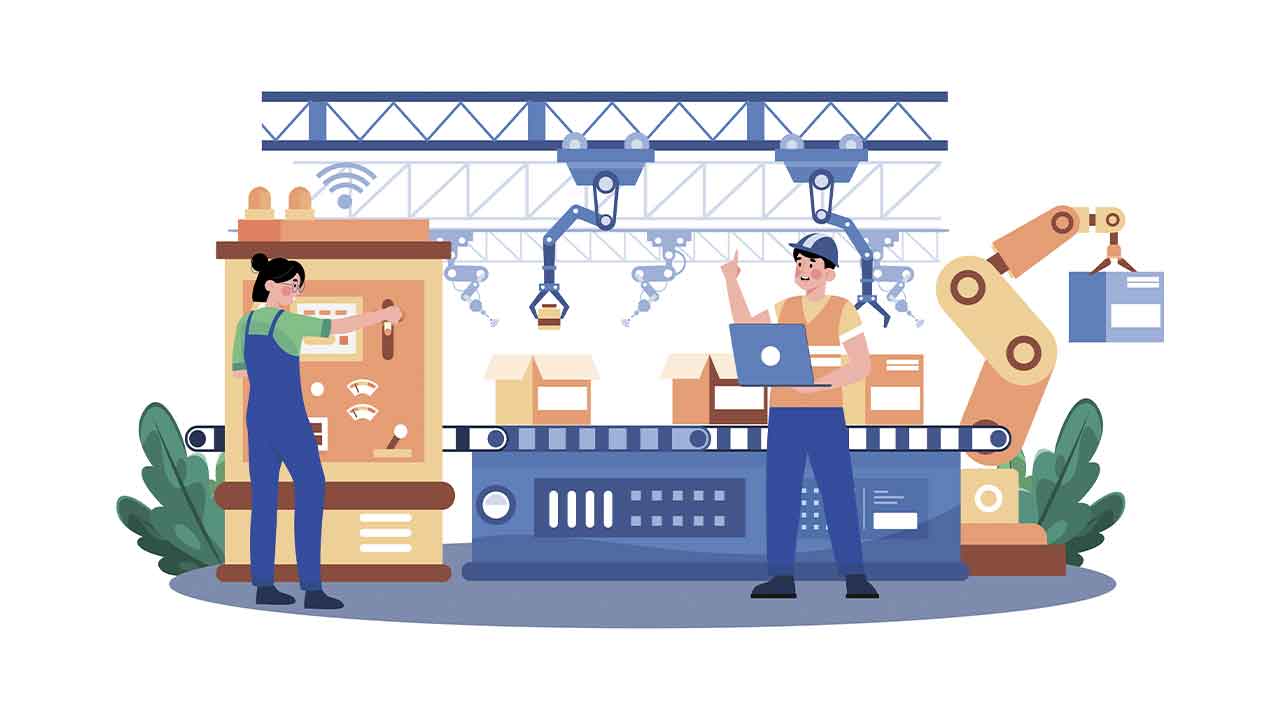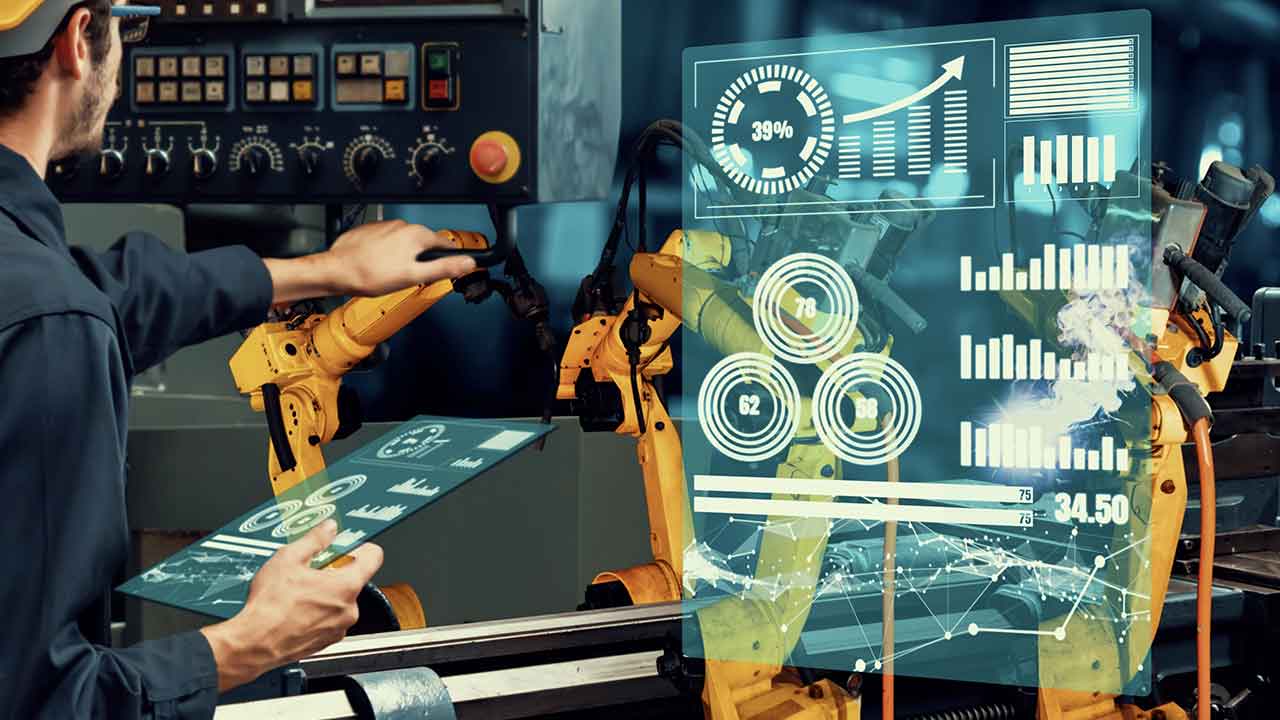Real-Time Industrial Data: Why Architecture, Not Hype, Determines Success | SPONSORED
At Hannover Messe 2025, a compelling conversation unfolded between HiveMQ and Snowflake leadership on a topic often underestimated in industrial transformation: data movement architecture. Behind all the talk of AI, analytics, and predictive insights lies a more foundational challenge—how to reliably, securely, and cost-effectively get data from machines to the cloud in real-time.
For industrial companies seeking to modernize their operations, this conversation highlighted several key insights:
Real-Time Data Movement is the New Backbone
Manufacturers are drowning in data—but struggling to make it actionable. The challenge isn’t just collecting sensor output. It’s getting that data from fragmented OT systems to modern cloud environments in a way that supports business-critical insights.
HiveMQ and Snowflake present complementary approaches: HiveMQ ensures secure, scalable data transfer from edge devices using MQTT, while Snowflake provides the unified cloud data platform for analytics, AI, and decision-making. Their joint architecture is already deployed at scale, including one customer who reduced time-to-value for new use cases from 6 months to 4 weeks.
Edge-to-Cloud Starts with Contextualization
While modern data platforms are built in the cloud, the real action happens at the edge. Industrial environments run on legacy systems and proprietary protocols that will persist for decades. HiveMQ’s open-source edge gateway—HiveMQ Edge—plays a crucial role in converting and contextualizing this data before it even leaves the factory floor.
This preprocessing ensures the data entering Snowflake is not just raw, but meaningful, structured, and ready for action—a prerequisite for unlocking any real value from AI or analytics.
Unified Namespace: From Concept to Competitive Advantage
One architectural pattern emphasized throughout the discussion is the Unified Namespace—a real-time data layer that harmonizes information from across the enterprise and makes it available to all stakeholders. It’s the digital foundation for agility, enabling scalable analytics, cross-functional collaboration, and operational excellence.
With MQTT at its core, the Unified Namespace enables industrial companies to standardize communication across hundreds of protocols, streamline data flows, and accelerate use case deployment across global sites.
Business Value > Technology
A clear message emerged: don’t start with technology—start with business value. Both panelists agreed that successful digital transformation depends on identifying a focused, high-impact use case (e.g., reducing downtime, improving quality, optimizing energy) and proving ROI early.
Only after value is demonstrated should companies scale across departments or sites. This approach ensures stakeholder buy-in and provides the foundation for a platform that supports long-term innovation.
AI is Coming Fast—But It’s Useless Without the Right Data Strategy
AI was the closing topic, but its message echoed throughout: AI success depends entirely on data readiness. Whether it’s machine learning, GenAI, or edge inference, no model delivers value without high-quality, contextualized, real-time data. Companies that don’t have a robust edge-to-cloud pipeline—or who rely on proprietary, closed architectures—will not be AI-ready.
Snowflake and HiveMQ both emphasized that industrial companies must invest in open, scalable, and modular data infrastructure to unlock AI use cases.
Key Takeaways for Industrial Leaders:
- Start small with a clear business use case.
- Build an open, edge-to-cloud data architecture.
- Use MQTT and contextualization at the edge to ensure data quality.
- Adopt a unified namespace to scale across sites.
- Think AI, but invest first in foundational data readiness.
Digital transformation isn’t about having the flashiest tech—it’s about having the right architecture to turn raw data into value at scale and in real time. As HiveMQ and Snowflake show, those who get their data strategy right will be the ones who can lead—not just react—in the AI-powered industrial future.
Sponsored by HiveMQ
About the author
Lucian Fogoros is the Co-founder of IIoT World



